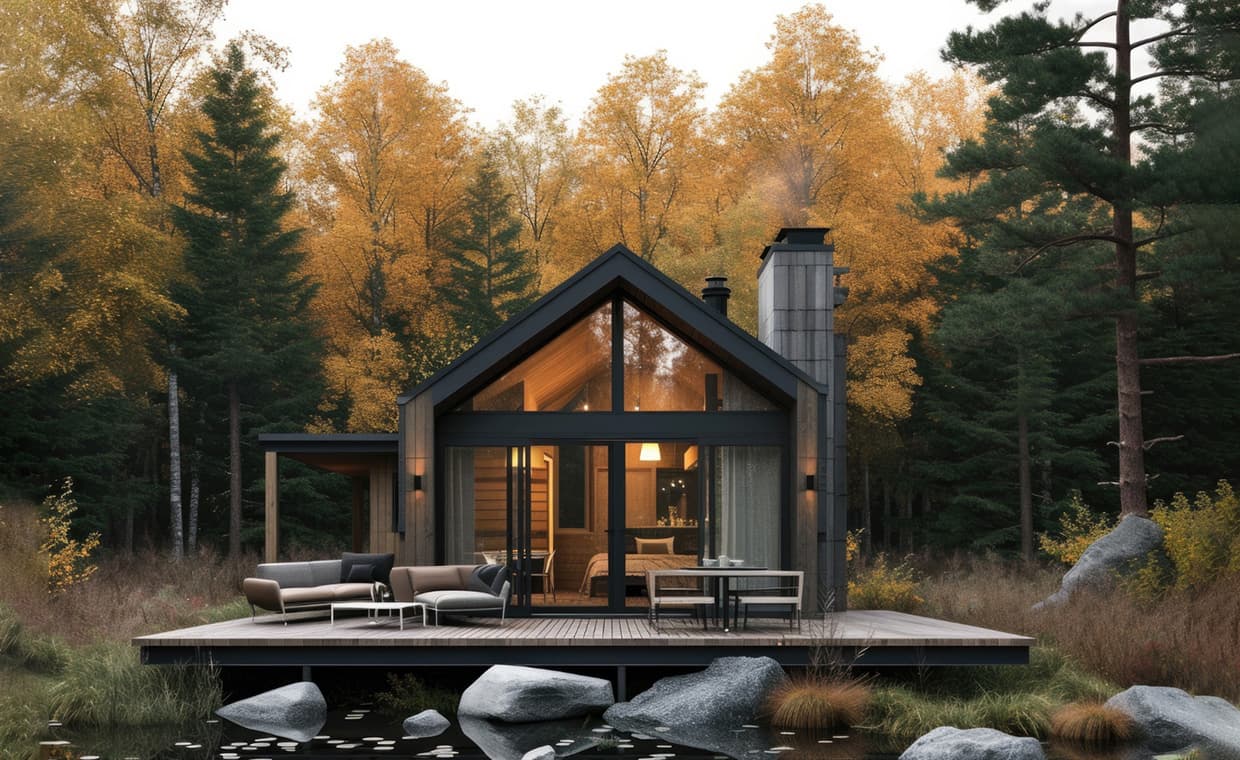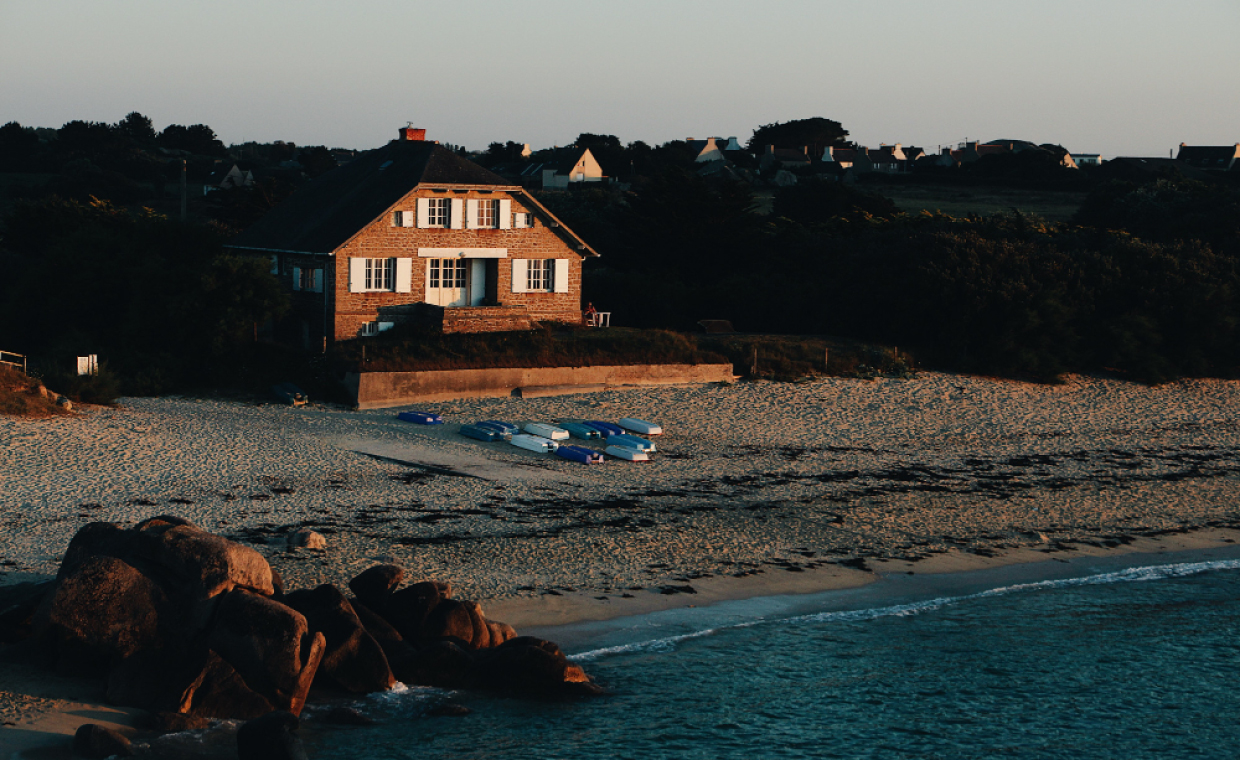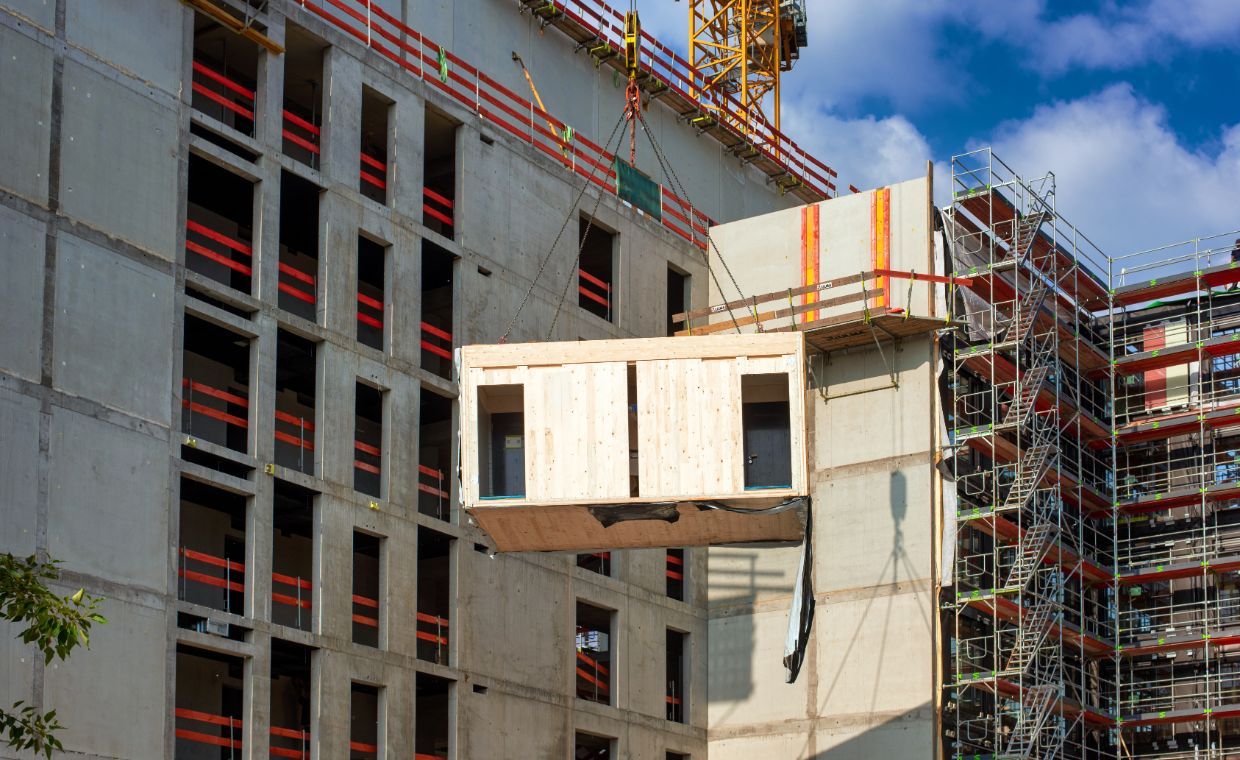
Tiny houses have captured the imaginations of many who dream of a minimalist, more sustainable lifestyle. But what does it really entail to shrink your living space? This isn’t just about cutting back on square footage – it’s a radical change in lifestyle. Before you decide to make the leap into tiny house lifestyle, there are several critical factors to consider. From zoning laws to daily life adjustments, let’s explore the essentials to ensure you’re fully prepared for this big transition in a small package.
Zoning Laws and Building Codes

One of the first hurdles potential tiny house owners face is the zoning laws and building codes specific to their chosen location. Tiny houses on wheels, for example, often fall under different regulations compared to those set on a foundation.
Some areas might classify a tiny house on wheels as an RV, requiring you to park in designated locations, while others may have strict codes that challenge the construction of tiny homes on residential land. Before you plan your build, consult with local building officials to understand what’s legal and what isn’t. This will ensure your tiny house meets all necessary regulations and helps you avoid expensive mistakes.
Designing Your Space for Tiny House Lifestyle

When space is limited, every square inch counts, making smart design essential. Current tiny house design trends emphasize multi-functional furniture and vertical space utilization to make tiny homes feel more spacious and functional.
Consider custom solutions like built-in storage or convertible furniture pieces that serve dual purposes – such as a desk that turns into a dining table. Effective design also involves light colours to make the interior appear larger and strategic window placement to bring in natural light. Remember, the goal is to create a space that doesn’t just look good but also fully supports your daily activities without feeling cramped.
Utilities and Maintenance

The smaller your home, the less energy it typically uses, which can save money on heating and cooling. However, you might need to invest in scaled-down appliances and systems suited for tiny living, such as a smaller hot water heater or a more compact HVAC system. Maintenance is another critical aspect, as every component of a tiny house is used more frequently and thus may wear out faster.
Regular upkeep becomes essential to keep your home in top shape. Consider the long-term sustainability of your resources, including water, power, and waste management. Some tiny house residents choose to leverage some green technologies like solar panels and even composting toilets to further reduce their environmental footprint and increase self-sufficiency.
Wardrobe Management and Laundry Solution

One aspect of tiny living that often gets overlooked until it’s a daily reality is the management of clothes and doing laundry. With limited closet space, it becomes crucial to adopt a minimalist wardrobe that fits your lifestyle and the storage capacity of your tiny home. This approach not only simplifies decision-making each morning but also reduces clutter and the need for extensive storage solutions.
Laundry presents another challenge in a tiny house. Traditional washing machines and dryers are typically too large and consume too much energy for the tiny house lifestyle. This is where alternatives like a portable washing machine become invaluable. These compact devices offer the convenience of washing clothes at home without taking up much space. They can be stored away when not in use, preserving precious living areas.
Social Life and Entertainment

Living in a tiny house can significantly affect your social life and entertainment options. The smaller space might make hosting gatherings a creative challenge. If you enjoy having friends and family over, consider designs that incorporate outdoor living spaces, such as fold-out decks or roof terraces, which can expand your entertaining area during suitable weather.
For indoor entertainment, it’s essential to be selective with electronics and media. A wall-mounted television or a projector can save space over traditional setups. Similarly, opting for digital media subscriptions over physical collections (like books and DVDs) can conserve space without sacrificing your entertainment variety. This shift to a more curated lifestyle can lead to deeper enjoyment of your possessions and space.
Psychological Adjustment and Community

Finally, it’s important to consider the psychological adjustments that come with moving to a tiny house. The reduced personal space can be a significant shift, especially if you’re used to larger living areas. Feeling cramped or confined can be mitigated by spending more time outdoors or in community spaces, which is why the location of your tiny house can play a big role in your overall happiness.
Plus, many tiny house communities foster a sense of shared values and camaraderie among residents, which can greatly enhance your living experience. Being part of a community with similar lifestyle goals can provide emotional support and practical advice, which are crucial for adjusting to tiny living. Engaging with this community can make the transition smoother and more enjoyable.
Conclusion
Downsizing to a tiny house lifestyle offers a unique and minimalist approach to living, with benefits such as reduced environmental impact, lower energy costs, and a more intentional lifestyle. However, it’s not without its challenges, including navigating zoning laws, optimising limited space, and adjusting to a different social and psychological environment. By addressing these key factors – zoning, space design, utilities, wardrobe management, social life, and community – you can ensure a smoother transition to tiny living. Embracing a tiny house lifestyle can be a rewarding journey that brings you closer to what truly matters. With careful planning and an open mind set, you can thrive in your tiny house.
Also read these interesting articles:






























